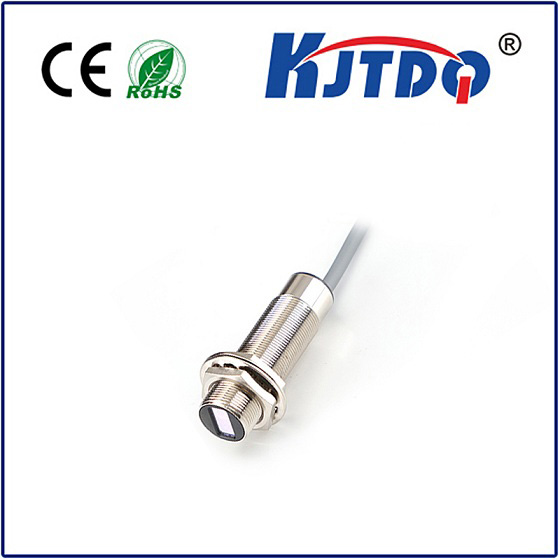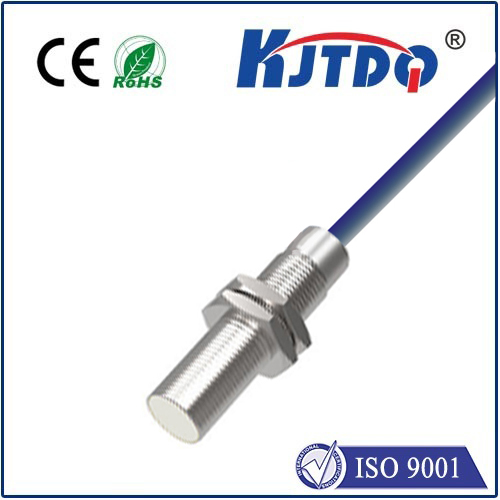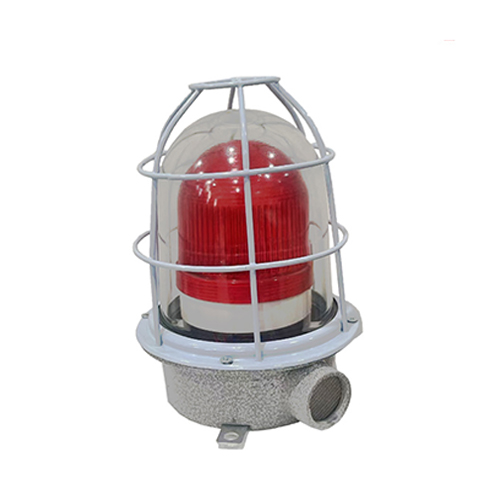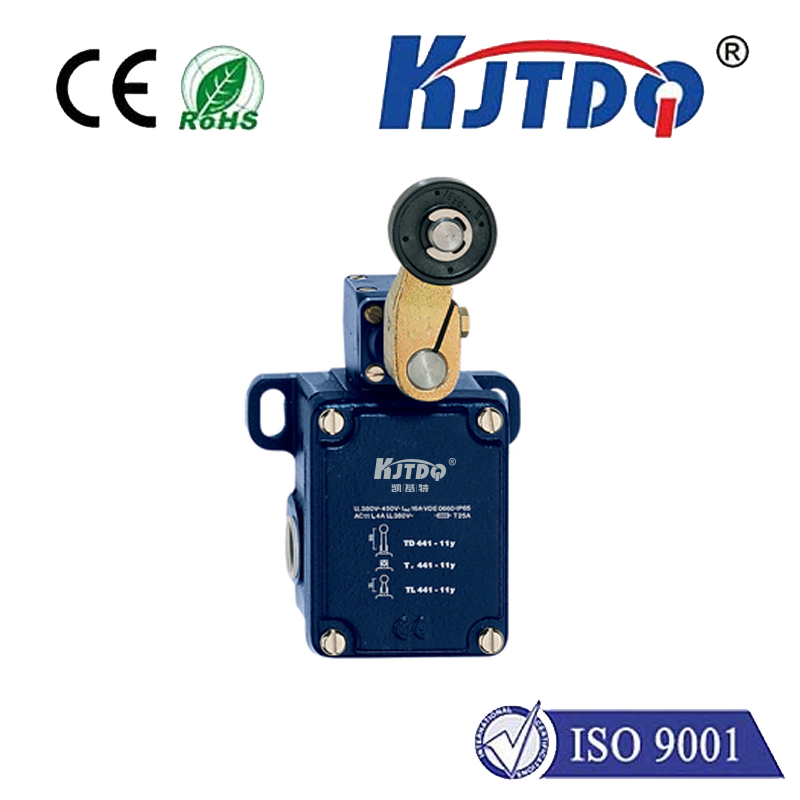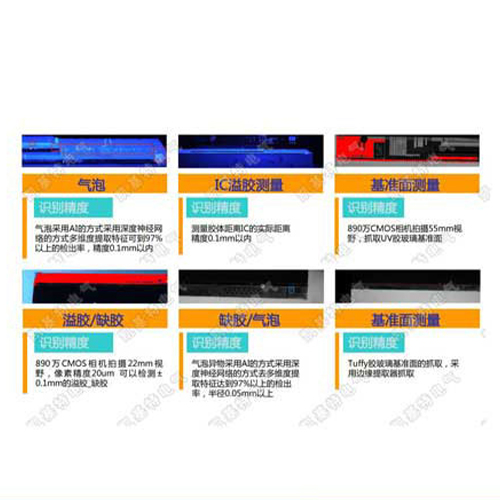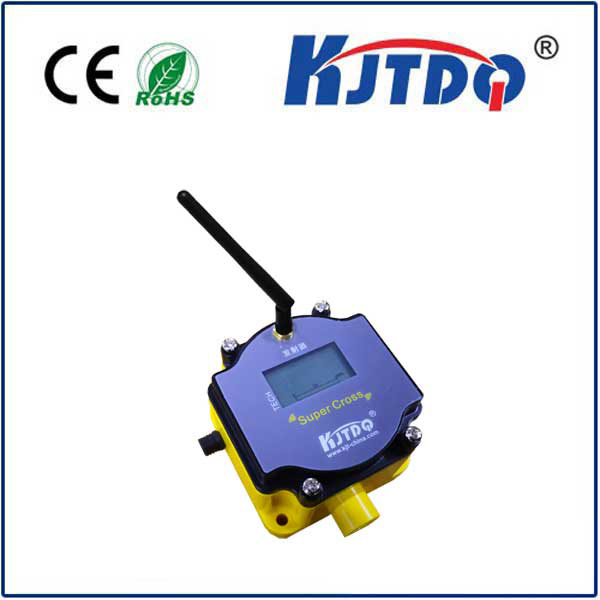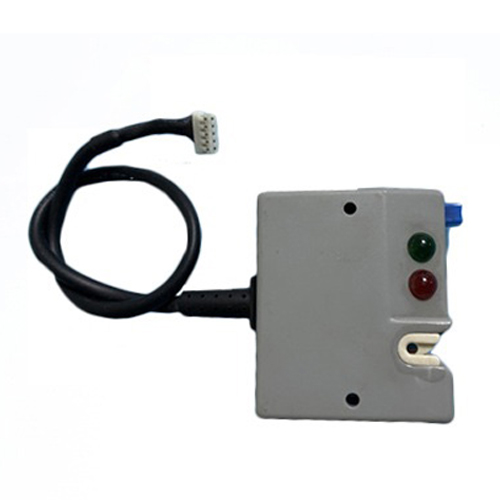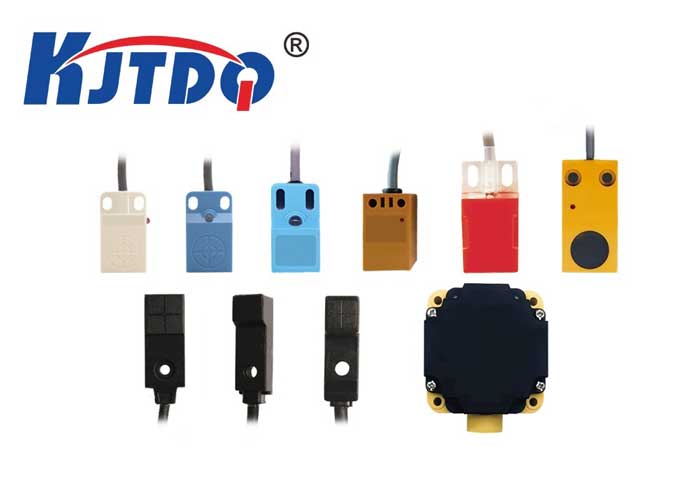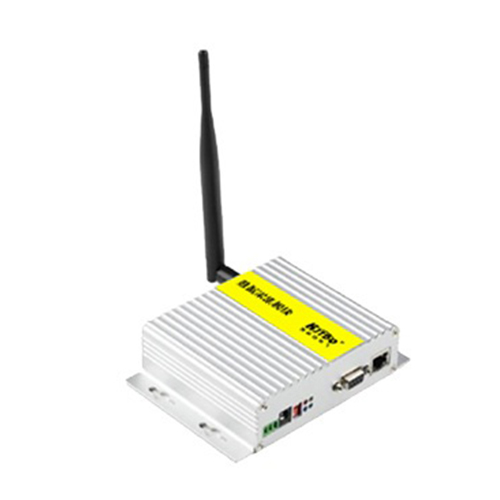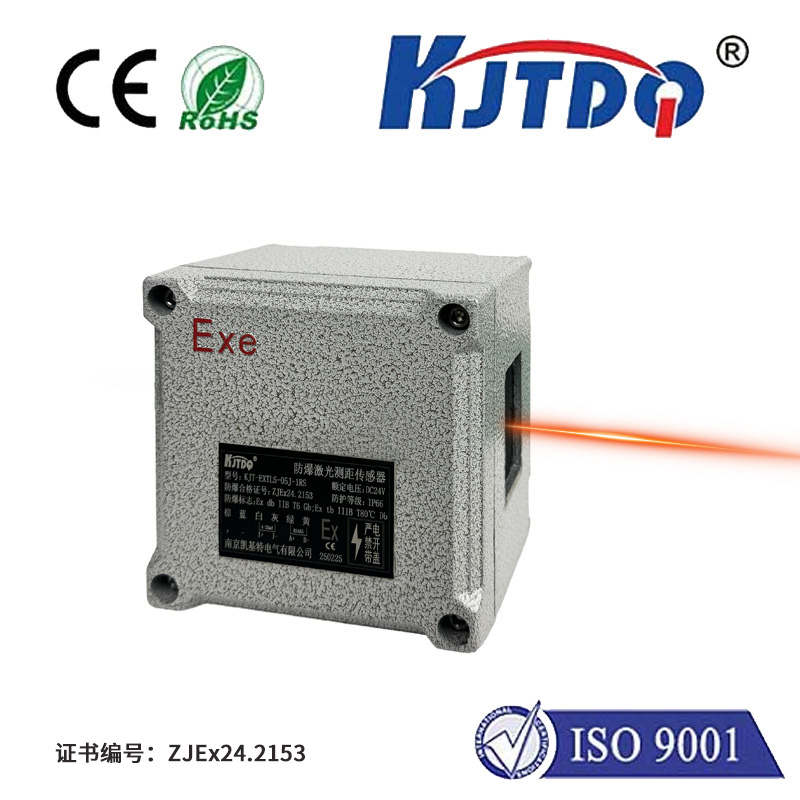

check

check

check

check

check

check

check

check

check

check
The advent of TOF proximity sensors has revolutionized the way we perceive technology, paving the way for numerous advancements across various sectors. This cutting-edge sensor technology employs time of flight (TOF) to measure the time taken for light to travel between two objects, providing accurate and precise distance measurements. With their ability to detect and measure distances with high precision and speed, TOF proximity sensors have been integrated into a wide range of devices and systems, transforming industries from manufacturing to healthcare and beyond. In this article, we delve deeper into the transformative power of TOF proximity sensors and explore their potential applications in modern technology.
The Impact of TOF Proximity Sensors on Manufacturing
One of the most significant impacts of TOF proximity sensors has been on the manufacturing industry. These sensors enable manufacturers to automate complex tasks, streamline processes, and optimize production efficiency. By measuring the distances between machines, robots, and other equipment, TOF proximity sensors help ensure that components are assembled with exceptional accuracy, reducing the risk of errors and defects. Additionally, these sensors can monitor the performance of machines in real-time, enabling manufacturers to identify potential issues before they escalate into more significant problems. As a result, TOF proximity sensors are playing an increasingly crucial role in the manufacturing industry, driving productivity gains and improving quality control.
The Advantages of TOF Proximity Sensors in Healthcare
TOF proximity sensors have also made significant strides in the healthcare sector. In medical imaging, for example, these sensors help radiologists analyze images by providing accurate distance information between tissues or organs. By detecting and measuring the distance between tissue samples during biopsies or imaging procedures, TOF proximity sensors enable doctors to make more informed diagnoses and treatment decisions. Furthermore, these sensors play a vital role in monitoring patients' vital signs, such as heart rate and blood pressure, providing doctors with real-time insights into their health status. The use of TOF proximity sensors in healthcare is expected to continue expanding, helping improve patient outcomes and transform the industry.
The Integration of TOF Proximity Sensors in Smart Devices
In recent years, TOF proximity sensors have found their way into a growing number of smart devices, transforming user experiences. From wearable fitness trackers to home automation systems, these sensors provide users with accurate distance measurements, enabling them to make better decisions based on real-world data. For instance, smart thermostats equipped with TOF proximity sensors can learn users' preferences over time and adjust temperatures accordingly, ensuring optimal comfort levels. Similarly, augmented reality (AR) systems leverage TOF proximity sensors to create interactive and immersive experiences for users. By tracking the distance between objects in real-time, these sensors enable developers to create dynamic and engaging AR content that appeals to a wider audience.
Challenges and Opportunities Await: Future Prospects of TOF Proximity Sensors
While TOF proximity sensors have already demonstrated their potential in revolutionizing multiple industries, there is still much room for development. One significant challenge facing this technology is the need for improved accuracy and reliability. As devices become smaller and more complex, maintaining precise distance measurements becomes even more challenging. However, ongoing research and innovation are driving progress in this area, with new materials and design approaches promising to enhance the performance of TOF proximity sensors. Moreover, as demand for these sensors continues to grow, opportunities for collaboration and partnerships among industry players will be essential for driving technological advancements and maximizing the value of this innovative technology.
Conclusion: The Imperative Role of TOF Proximity Sensors in Shaping the Future
In conclusion, TOF proximity sensors have emerged as a game-changing technology with immense potential to disrupt various industries and drive innovation. By offering unparalleled accuracy and speed in measuring distances between objects, these sensors have transformed manufacturing processes, healthcare outcomes, and user experiences in smart devices. While challenges remain, continued investment in research and development will undoubtedly yield exciting results, opening up new opportunities for growth and expansion in this burgeoning field. As we look towards the future, it's clear that TOF proximity sensors will continue to play an integral part in shaping the world around us.
